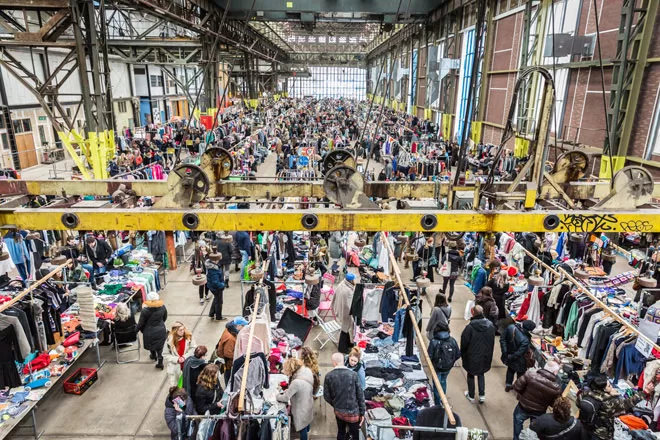
Andrea’s Story: How His Experience in the Netherlands Uprooted the Embarrassment of Buying Second-Hand Clothes
Despite improving conditions, many people in Italy still view second-hand shopping with a degree of disgust.
This is why Andrea’s story could be enlightening for those who still have doubts about buying second-hand clothes. The testimony of a 24-year-old who went from being skeptical about second-hand to becoming a major advocate could be an inspiration for many.
It will be crucial to see the comparison between Italy and the Netherlands on this issue and understand how second-hand shopping has long ceased to be a taboo in that country.
We promise that by the end of this article, you will no longer be the same person you were a few minutes ago and that you will see buying second-hand clothes with much less embarrassment!
After all, we don’t cringe at eating with other people’s cutlery in a restaurant, so why should we worry about wearing used clothes?
Introduction
In Northern Europe, in countries generally more developed than Italy, flea markets are considered completely normal events, frequented especially by young people looking for unique items at a good price.
In Italy, we still view second-hand clothes with some disgust.
At our local markets, it’s quite rare to see stalls set up for second-hand clothes. We are much more accustomed to seeing antiques, random furniture, random magazines, and so on.
In short, these are called cultural differences for a reason.
Until a few years ago, the concept of second-hand was also very distant for me, and I couldn’t imagine wearing used clothes. But after living in the Netherlands for a year and seeing it with my own eyes, I would like to share my impression on this topic and explain why it’s important to support initiatives like LookBook.

Netherlands – Italy: Cultural Abyss
In several respects, there are countries that are ahead of Italy.
One example is the Netherlands, true trendsetters of underground culture and long-time supporters of second-hand.
They are very close to an ideal of people who want to move in ethically right directions and for whom it is important to take certain social struggles to heart. A country very sensitive to issues such as sustainability, education, and tolerance, thus guided by general innovation on all fronts.
On the other side, there’s Italy, where we deal with slightly different issues, such as the fact that, according to statistics, only 4 out of 10 people have not graduated from high school. If this topic intrigues you, it is explained better in this article.
So, in short, there is an important basic cultural gap, there’s not much we can do about it.
And this means that socially elevated practices like this have been more widespread in more developed countries for some time, while second-hand in Italy has almost always been associated with a market for the poor.
We will see how these cultural differences impact for several reasons:
- Due to awareness issues;
- Because second-hand is thought to be for the poor;
- Due to a lack of incentives.
Let’s see how, in my personal experience.
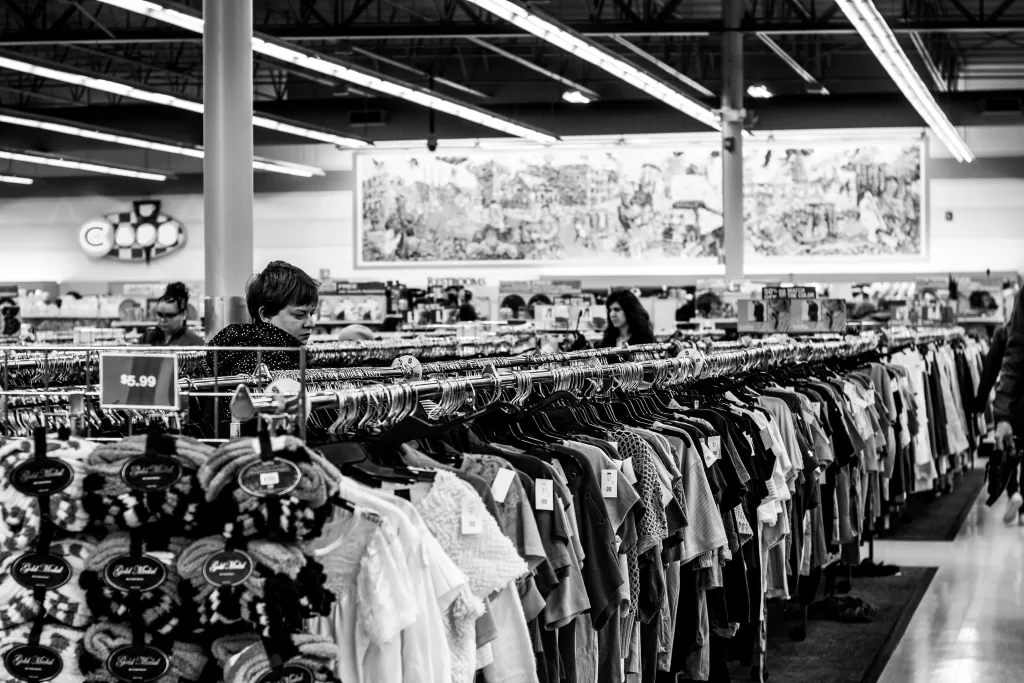
1 – The Prejudice Against Second Hand: A Problem of Awareness
It is true that we are improving, but we are still far from being fully aware.
We are not fully aware that the fashion industry is one of the least sustainable industries on the planet, and we are still not fully aware that wearing second-hand clothes does not mean you don’t wash, but rather that you are making a small yet significant act of nobility.
For instance, girls are ahead in this regard. They have unlocked the skill of borrowing jackets, dresses, shoes, scarves… basically, anything and everything. And it’s all a gain—more clothes to wear and much less money spent.
Among males, this is much less common, except perhaps when you inherit clothes from older brothers. However, this between brothers is a purely incidental act and not one driven by intelligence and cooperation.
If, in the end, it is always the small gestures that make the difference, why does it remain so difficult to do?
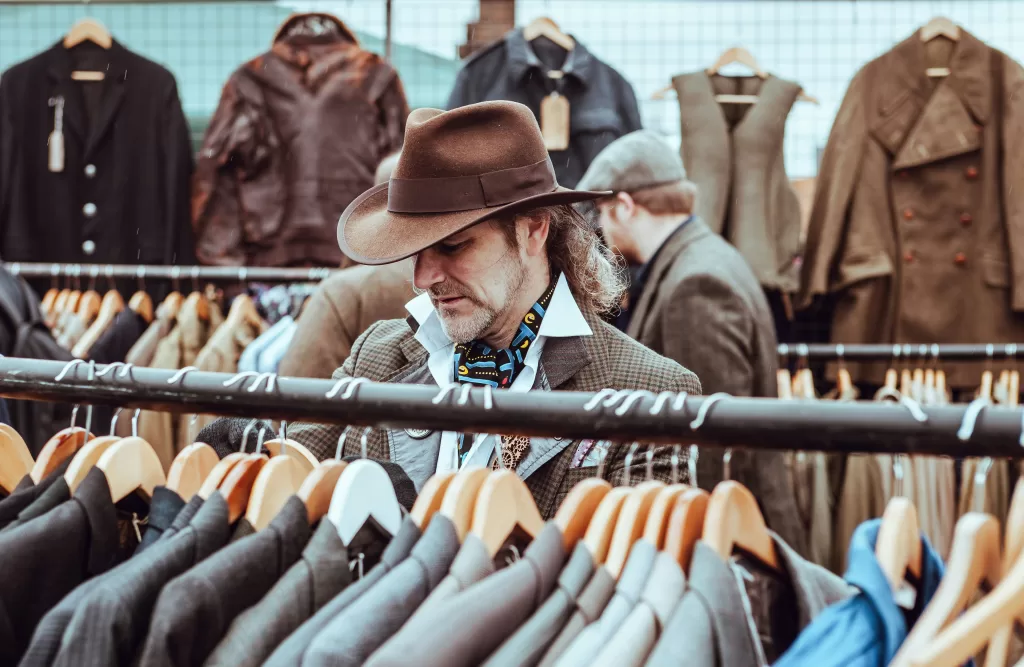
2 – Second Hand is Not for the Poor
It’s a matter of mentality. Here, if you’re doing well economically but buy a second-hand item, it’s because you’re stingy. In the Netherlands, on the other hand, practically everyone does it.
Consider that in the Netherlands, 2 out of 3 people are open to buying second-hand clothes (you can find the article about this here), while in Italy, as explained in this article from Sole 24 Ore, only 1 out of 5 people would be willing to do so.
Now, this doesn’t mean you have to buy only used items. Let’s not go from one extreme to the other. It simply means reaching the awareness that second-hand can be another viable option for certain situations.
It was interesting to see how many “sellers” at these markets were very young.
Perhaps groups of friends organize themselves, gather the clothes they want to get rid of, rent a stand, bring a speaker for music, some sandwiches for lunch, and spend the day that way.
In short, it doesn’t seem too strenuous.
In Italy, if I did something like that, I would probably still be seen as a poor person trying to sell even their clothes to make some money.
At this point, you might say, “It’s true, you’re almost convincing me, but I have no idea where to find such situations. What do I do?”
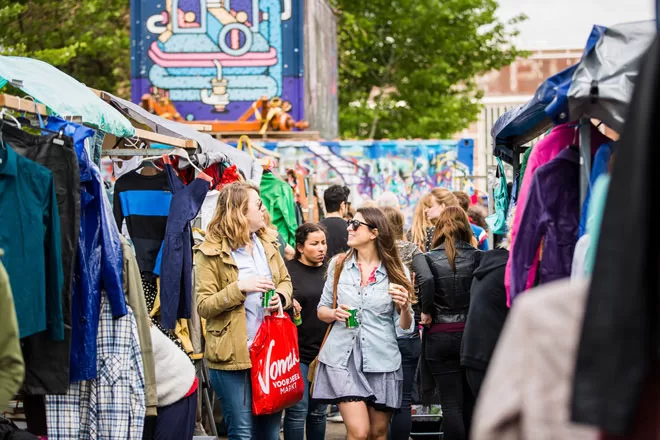
3 – Second-Hand Markets in Italy: Still a Rarity
Second-hand purchases in Italy are made only by half the people compared to other European countries, and the main reason seems to be the lack of choice and access to information on where to buy.
This situation is likely to change only if there is a cultural shift and greater support from the media and institutions. This is why sites like LookBook and others become extremely important.
While in the Netherlands, there are plenty of flea markets or events of this kind. In Italy, there are still few, or certainly in proportion, fewer.
A prime example is the IJ-Hallen in Amsterdam. One of the largest flea markets in Europe, always packed.
In my opinion, the number of events of this kind is relevant because fundamentally they are advertisements in every sense. So, it’s one thing where they have been doing it for many years and therefore they are very common, and another thing here where they are quite rare to see.
But the solution, as in all things, is always there.
That’s why in Italy, people primarily buy online. And that’s precisely why resale sites like LookBook are increasingly successful and should be appreciated for this.
So, at this point, why not consider online solutions?
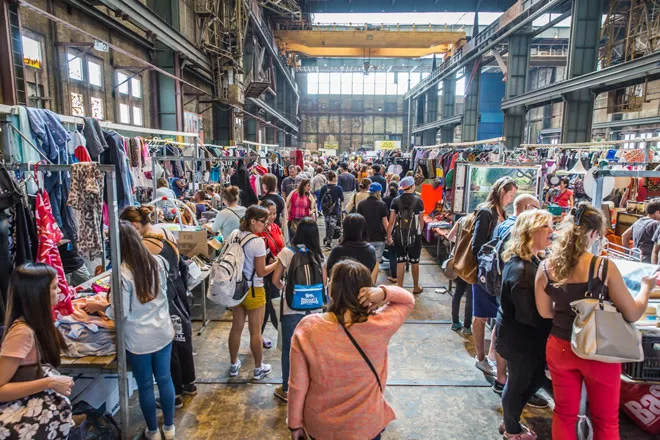
The Online Turning Point in the Second-Hand World
The change is happening, and it’s positive.
Numbers confirm that Second Hand in Italy is gaining more and more traction. This is evidenced by the increasing number of Italians turning to resale websites or events like Vinokilo, all thanks to a good narrative of Second Hand through social media.
The trend of online shopping in Italy is steadily growing. Perhaps because you can find more opportunities, which is also the same reason why online shopping, in general, is winning over everything and everyone.
Hey Andrea, you convinced me! But among the many apps available online, which one do you recommend?
Apps like LookBook are real gems because as the number of initiatives of this kind increases, so does awareness of the topic at hand.
And why LookBook? Because besides functioning as a regular online resale site, its great uniqueness lies in the “swap” mode, which literally allows you to exchange something of yours for something you like.
Practically the best solution because in one fell swoop, you’ve both gotten rid of a piece and acquired something new.
All without spending a euro.

“Stealing with the Eye“
Having come this far, I’m not saying we should copy exactly what they do in the Netherlands. But I am saying that we should steal with our eyes, understand how they behave, and then reinterpret it in our own way, which usually turns out quite well for us.
We need to bring more and more young people to not feel ashamed if they want to sell or buy used clothes online. Regardless of their motivations, whether they are ethical, sustainability, or saving-related, and thus give a big blow to consumerism.
Instead, we should avoid as much as possible making it seem “cool” to go to Zara or H&M on Saturday afternoon to buy those 5 clothes that you will wear 3 times and then self-destruct.
But wouldn’t it be better to swap on LookBook instead?

Conclusions
To conclude, the situation is improving in all respects, but there’s always a need to look at those who are better than us, right? That’s why it’s right to take the Netherlands as a model to follow in order to completely eradicate the embarrassment of buying used.
This is my thought on the matter, the thought of someone who has completely changed their view on a topic that until recently I didn’t even consider, like many other young people of my age.
Information, education, and awareness are the basis of all changes and processes; it just takes a little time.
We need to work together to change this mindset and make Second Hand a normal and accepted choice for everyone. After all, there’s much to gain and little to lose in giving a second life to a piece of clothing.
In the meantime, below you’ll find the button to download the LookBook app for free; if I were you, I’d take a look 🙂